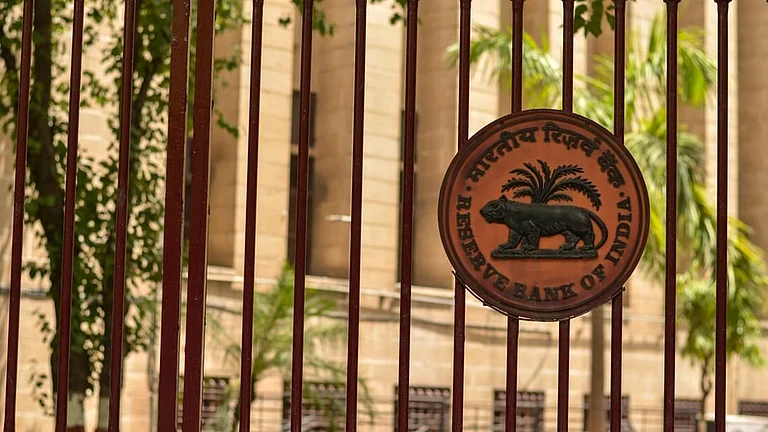White goods and car makers will now have to provide additional product details so that consumers can fix their cars, laptops, mobile phone, and other gadgets themselves or from a third-party vendor not registered with the company. Often after an individual buys a laptop, mobile phone, car, or any other gadget he or she is dependent on the company for after-sale and repair services. Moreover, there is a constant threat to the warranty of products if they get repaired by third-party vendors which are not recognized by the company.
Such tactics are used by manufacturers to monopolize the market, retain proprietary control over spare parts and manipulate the consumers. Manufacturers are obliged to be transparent to the customers regarding the details of the products including the repairing options. However, such practices by companies not only lead to customers paying an exorbitant amount for repair but also limit the customers’ “right to choose”.
In order to provide relief to customers, the government has proposed the ‘Right to Repair Framework’ with an objective to empower consumers and harmonize trade between the original equipment manufacturers and third-party sellers. The framework also aims to reduce digital waste.
The proposed framework makes it mandatory for car and gadget makers, to share the necessary product details with customers and third parties.
What Does Right To Repair Framework Say?
Chaired by Additional Secretary Nidhi Khare, a committee is being set up under the Department of Consumer Affairs to develop a framework for Right to Repair. The committee, which also includes various industry stakeholders such as representatives of the Indian Cellular and Electronics Association (ICEA), and the Society of Indian Automobile Manufacturers (SIAM) held its first meeting on July 13.
"Manufacturers are encouraging a culture of 'planned obsolescence’. This is a system whereby the design of any gadget is such that it lasts a particular time only and after that particular period it has to be mandatorily replaced. When contracts fail to cede full control to the buyer-the legal right of owners is damaged," the committee in its first meeting said.
According to a statement by the department of consumer affairs, “The rationale behind the 'Right to Repair' is that when a customer buys a product, it is inherent that they must own it completely "for which the consumers should be able to repair and modify the product with ease and at a reasonable cost, without being captive to the whims of manufacturers for repairs."
“The pertinent issues highlighted during the meeting include companies avoiding the publication of manuals that can help users make repairs easily. Manufacturers have proprietary control over spare parts, regarding the kind of design they use for screws and other items. Monopoly on repair processes infringes the customer's "right to choose,” the statement added.
The proposed framework is formulated with an aim of employment generation for third-party vendors under the Indian government’s flagship Atmanirbhar Bharat Program. The government is also aiming to achieve the sustainability of products through the proposed framework.
Which Sectors Are Included Under The Framework?
Sectors that will come under the proposed framework include farming equipment, mobile phones, tablets, consumer durables, and automobile equipment.
Other Countries With Similar Framework
In the meeting, the committee discussed the best practices that have been adopted by other countries with a similar framework. The right to repair has been already recognized in the UK, US, and European Union. For example, in the US, tightening scrutiny on the big tech companies, watchdog the Federal Trade Commission, has asked the manufacturers to remedy anti-competitive practices and make available the necessary information regarding repair of products to the customers and third-party agencies.































